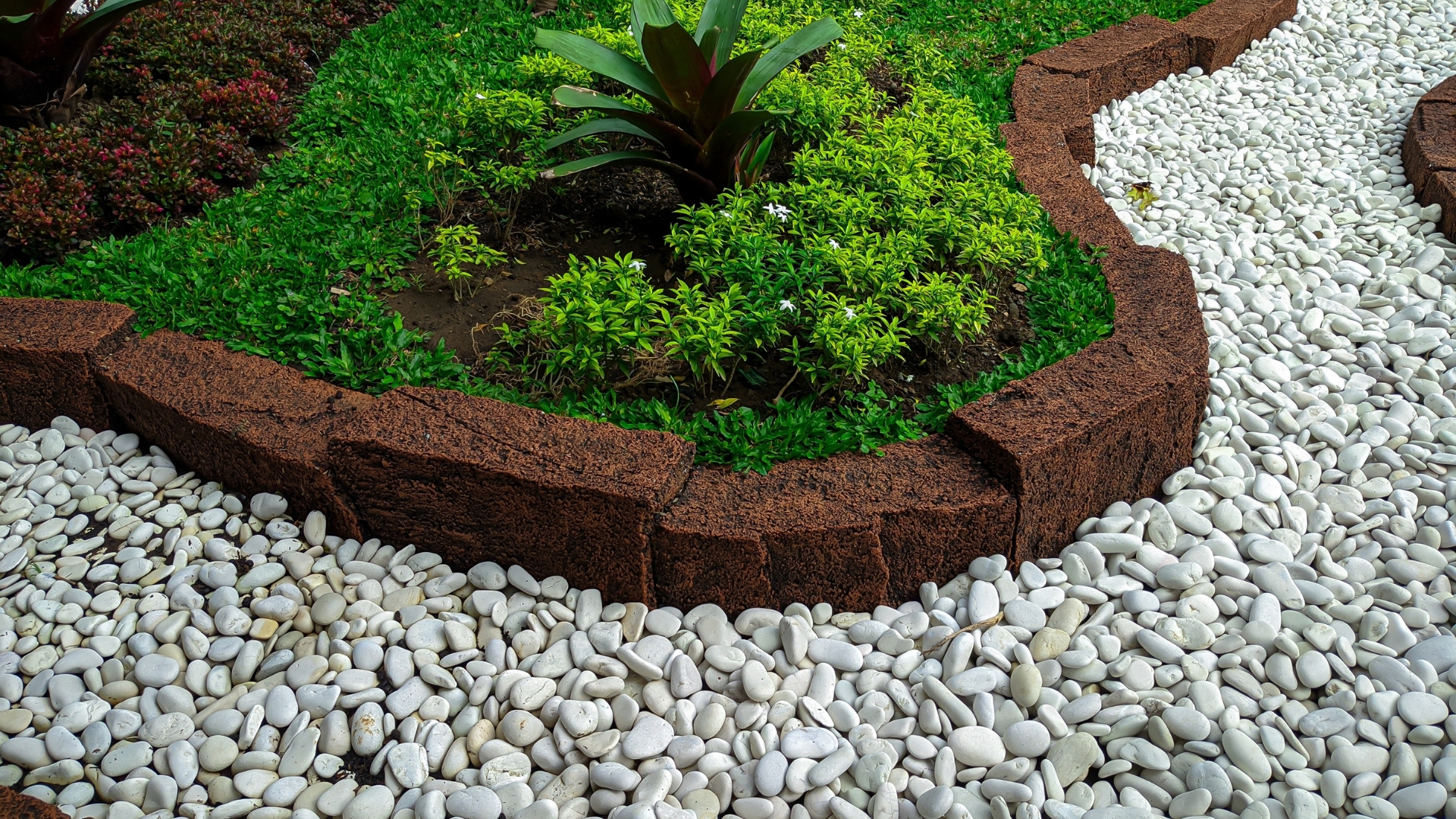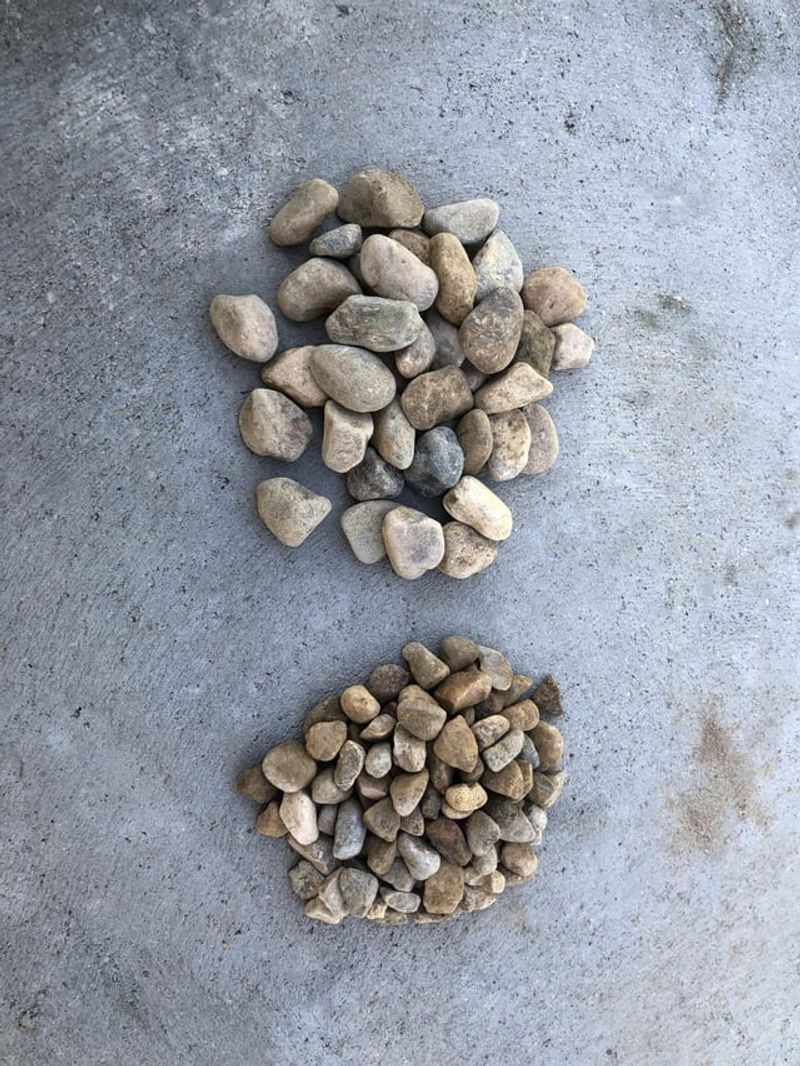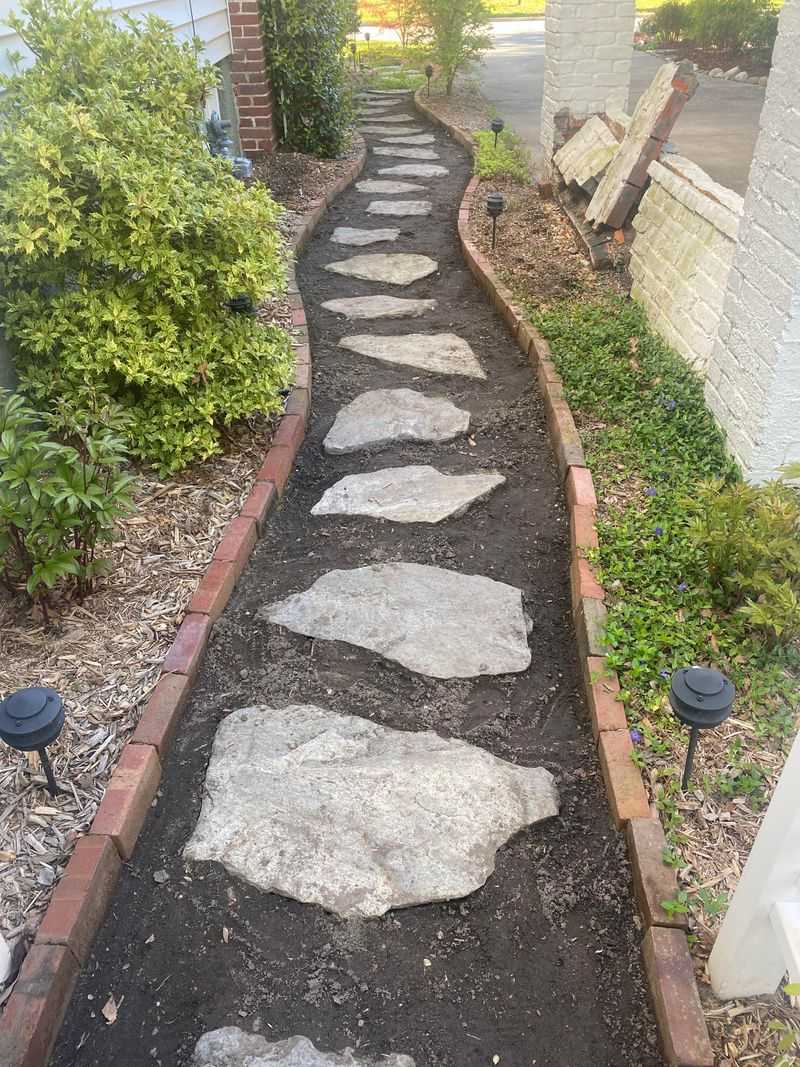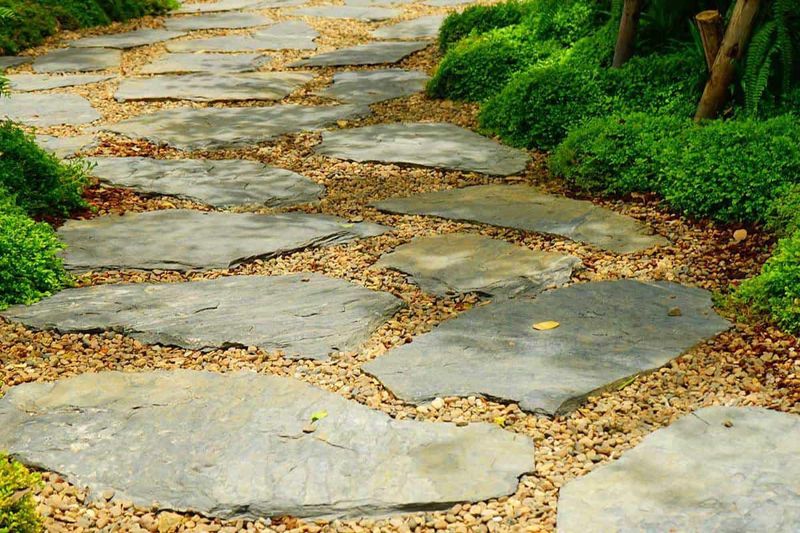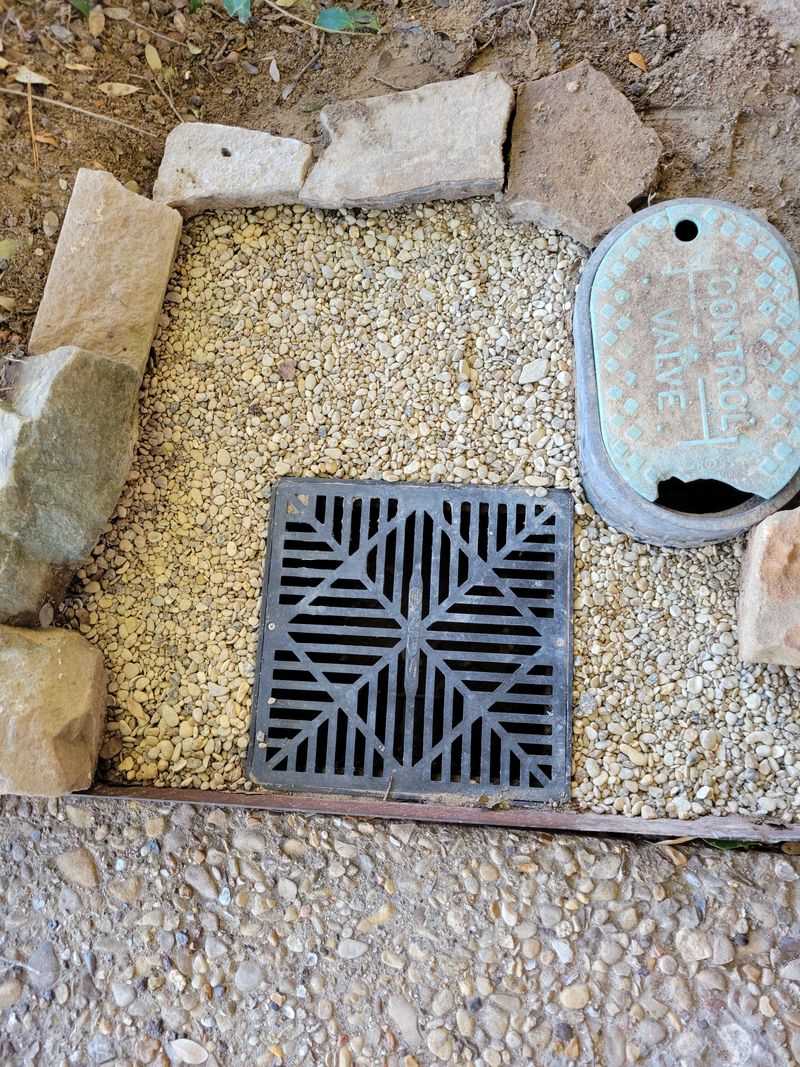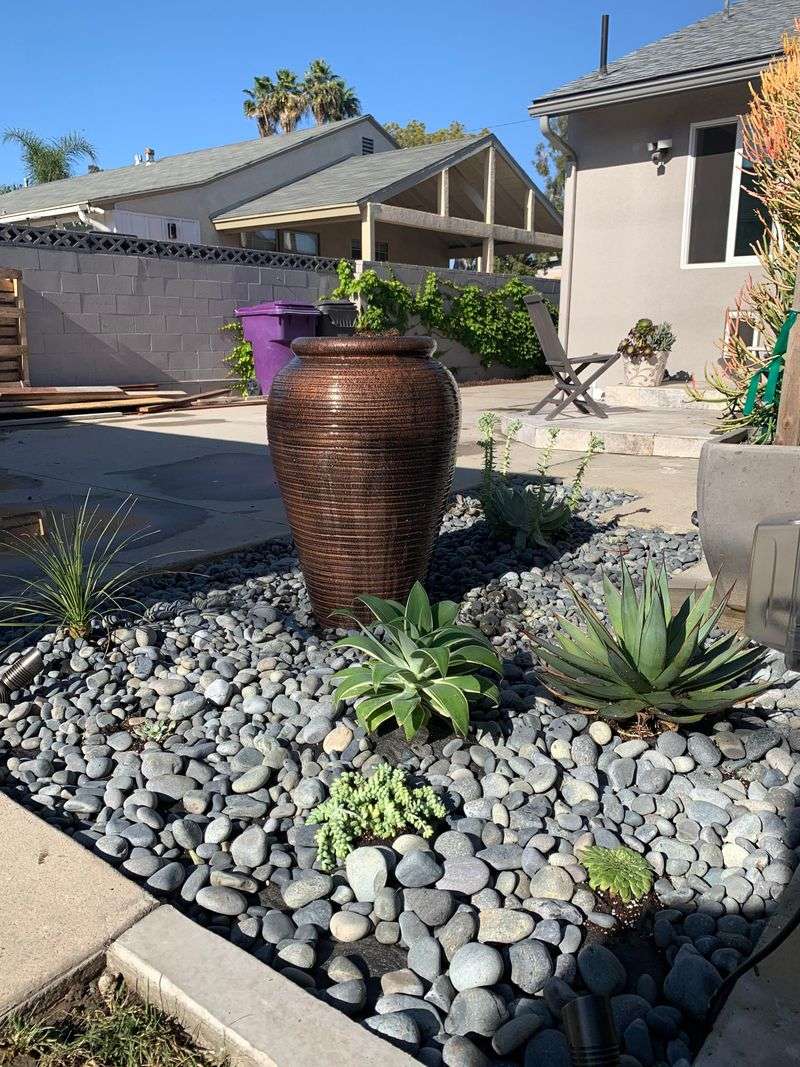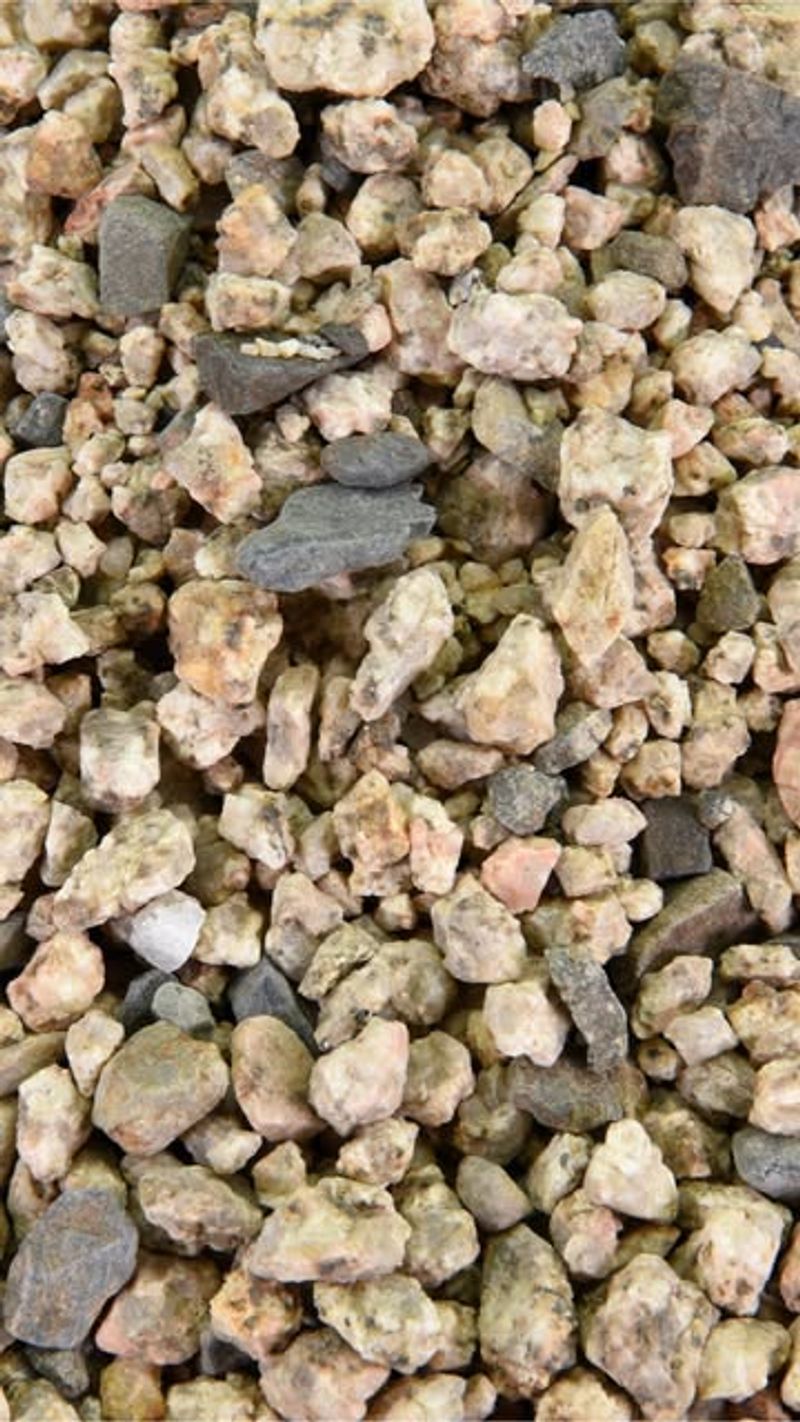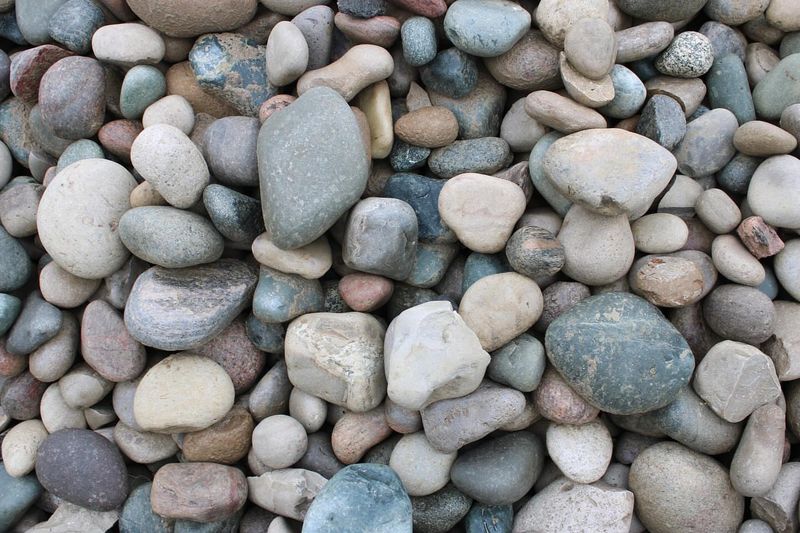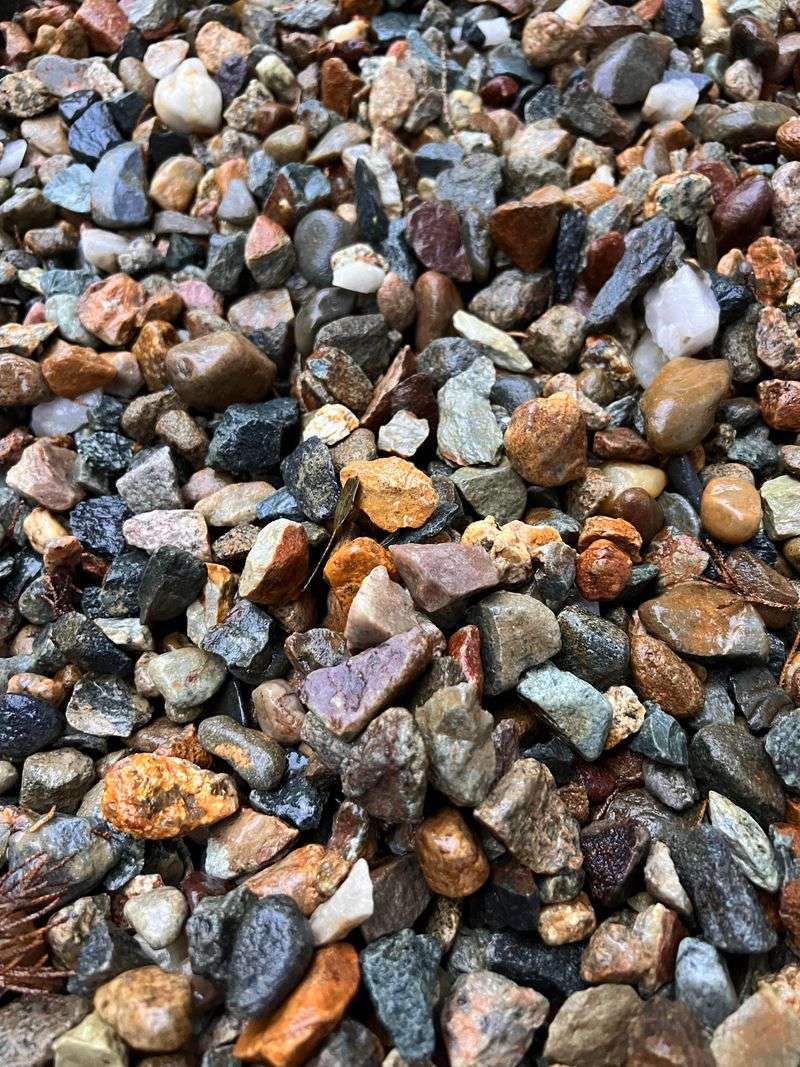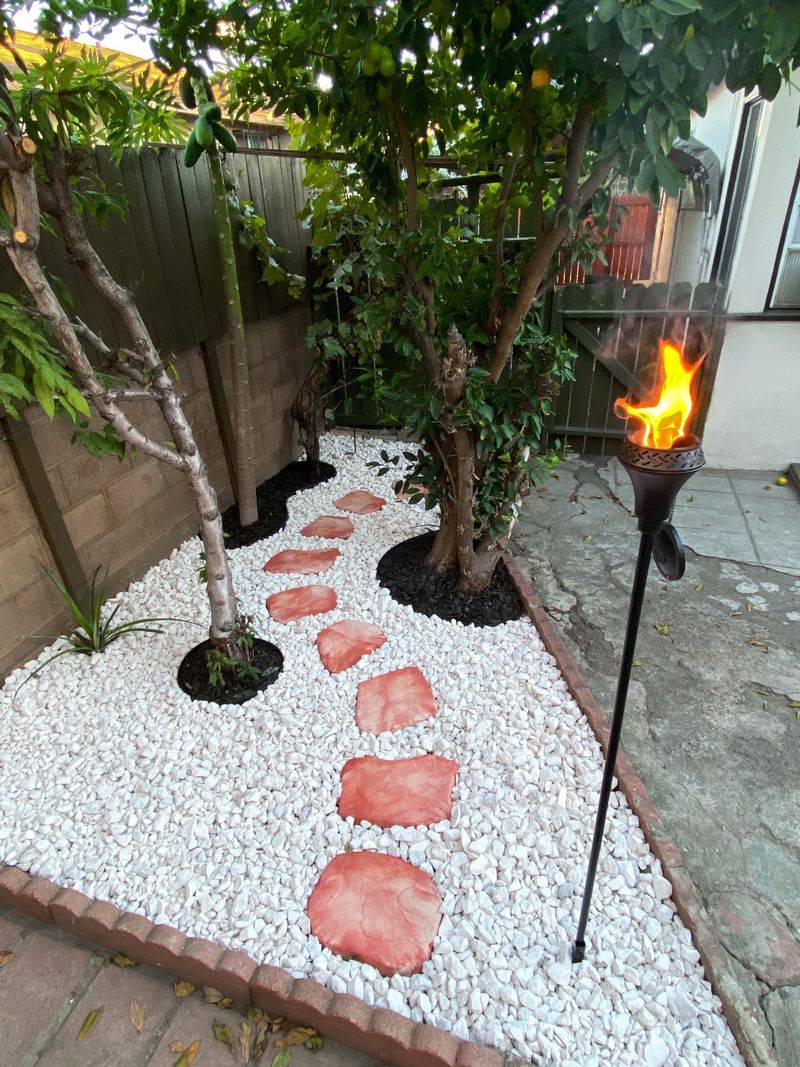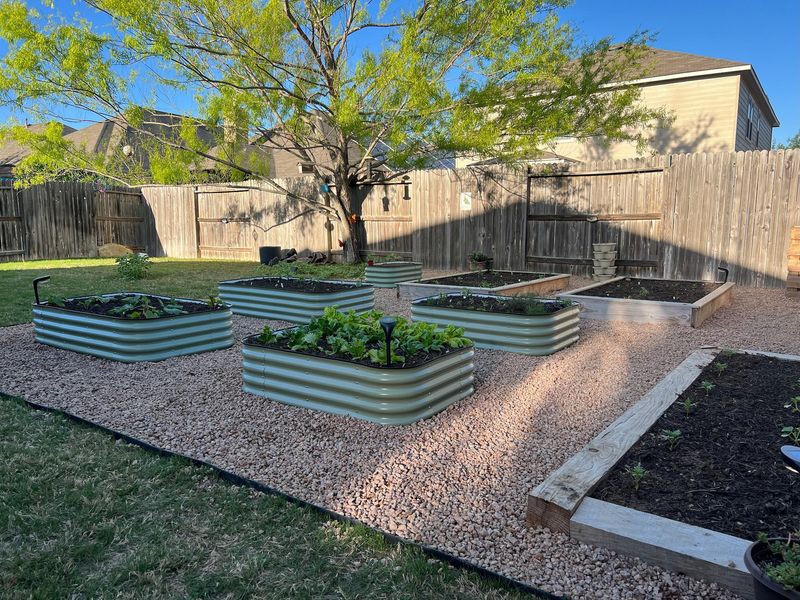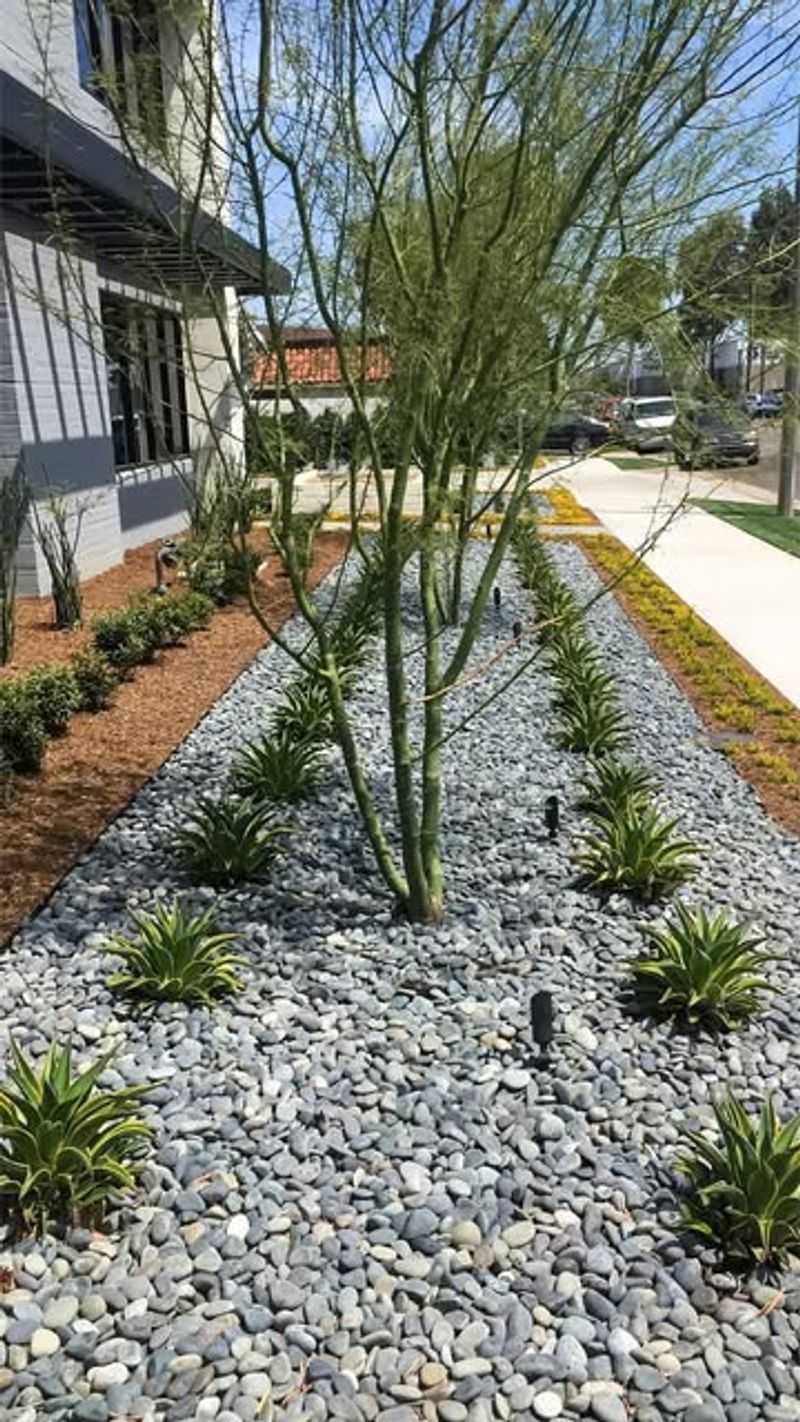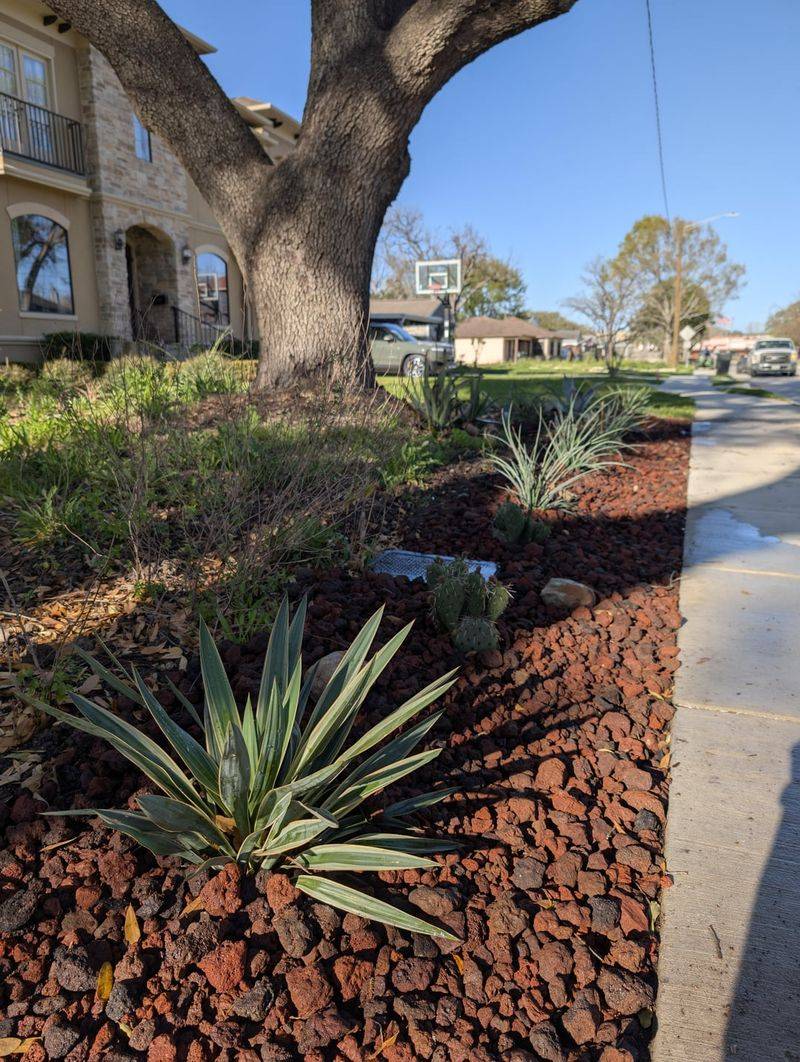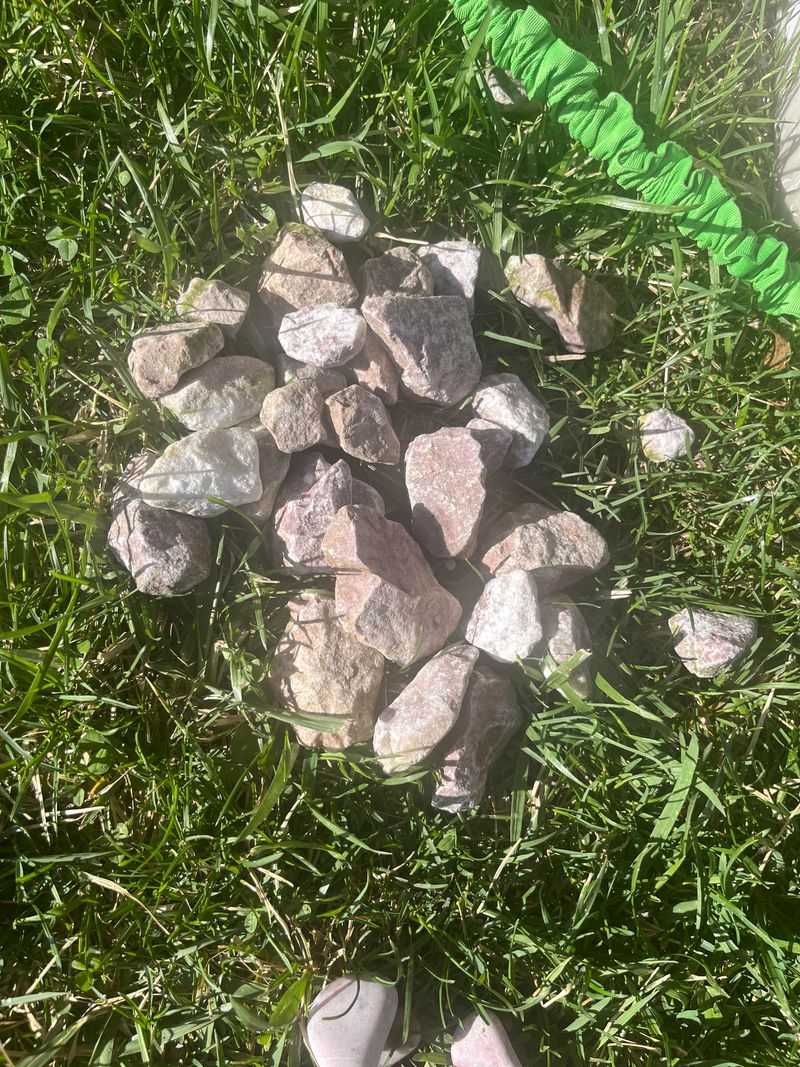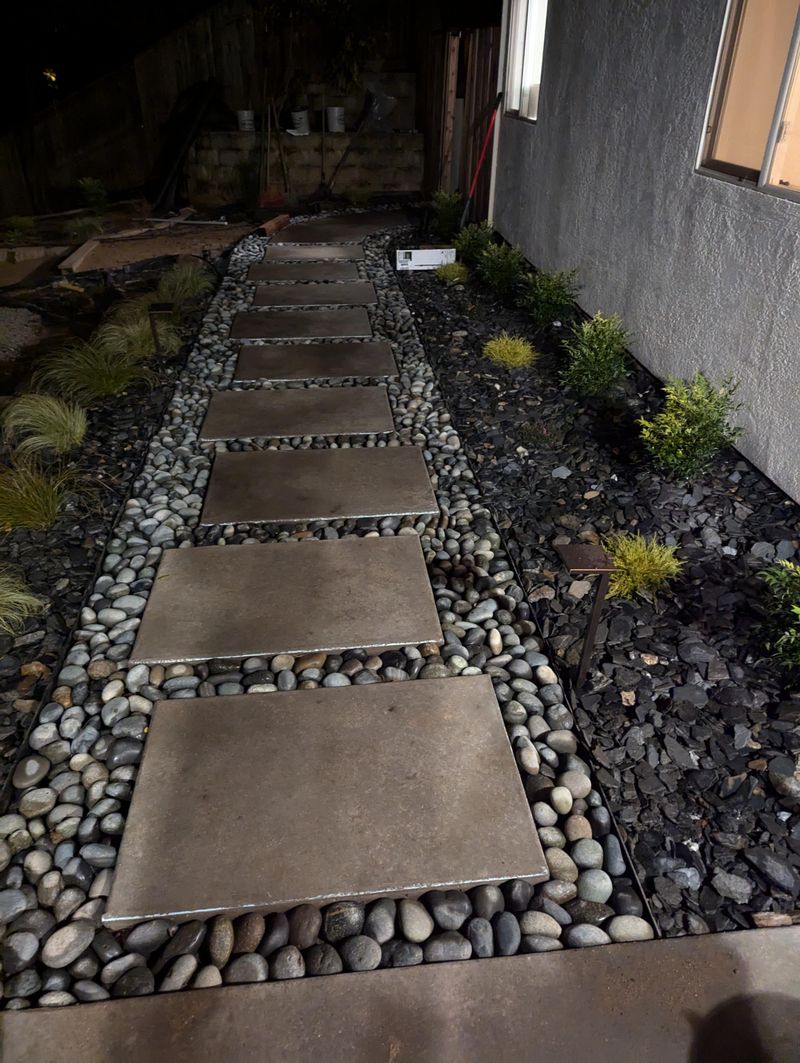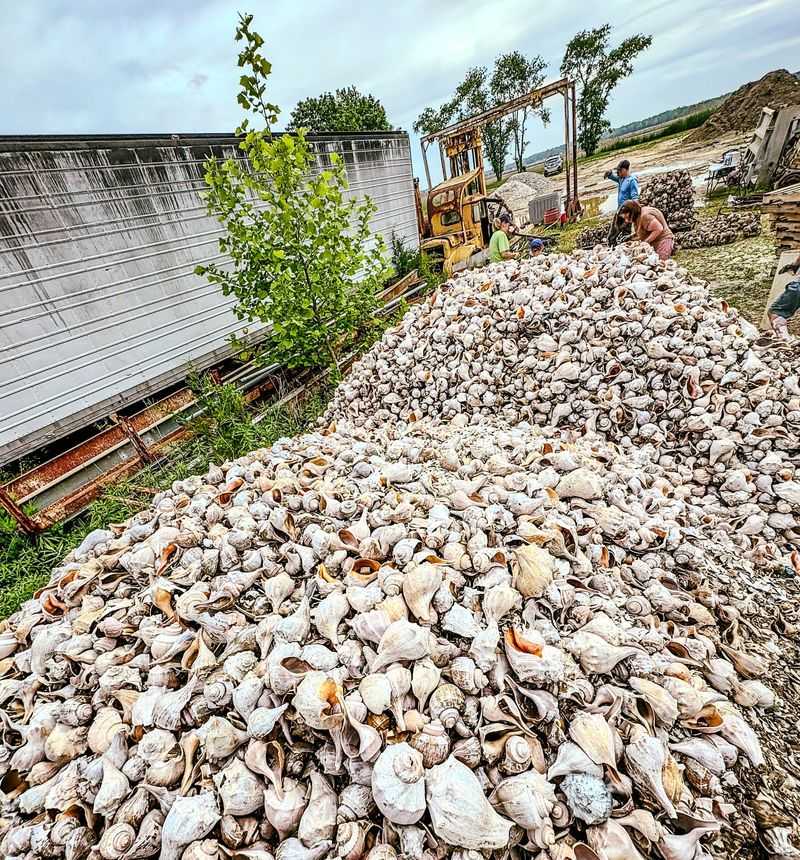Choosing the right gravel can totally change how your outdoor space feels and functions—but it doesn’t have to be complicated. I’ve put together 5 simple steps to help you figure out if small or large gravel is the perfect fit for your project.
From looks to practicality, these tips cover the basics without the overwhelm. You’ll feel confident picking the right size that works best for your style and needs.
Let’s get your gravel game on point!
1. Consider Your Project Type
Different projects demand different gravel sizes. Walkways and patios generally work better with smaller gravel (3/8 inch or less) because it’s more comfortable to walk on and settles nicely.
Driveways typically need larger gravel (3/4 to 1-1/2 inches) to handle vehicle weight without shifting too much. Water features and drainage areas benefit from larger stones that won’t wash away easily.
2. Evaluate Foot Traffic
High-traffic areas need gravel that stays put and feels comfortable underfoot. Smaller, rounded gravels like pea gravel (1/4 inch) create a more stable surface and are less likely to get kicked around.
Angular small gravels interlock better, providing even more stability. For areas with minimal foot traffic, larger decorative stones (1-3 inches) can make a stunning visual statement without practicality concerns.
3. Think About Maintenance
Smaller gravel tends to migrate more easily with rain, wind, and foot traffic. You’ll likely need more frequent raking and replenishing to maintain even coverage in high-use areas.
Larger stones stay put better but can be harder to clean leaves and debris from. Consider installing edging around small gravel areas to minimize spread and reduce maintenance time.
4. Factor In Climate Conditions
In areas with heavy rain or snow, larger gravel provides better drainage and is less likely to wash away. The spaces between bigger stones allow water to flow through rather than pooling on the surface.
Smaller gravel can compact over time in wet climates, potentially creating drainage issues. In hot, dry climates, lighter-colored small gravel reflects heat better, keeping outdoor spaces cooler.
5. Match Your Aesthetic Goals
Small gravel creates a more uniform, refined look that complements formal gardens and contemporary landscapes. The smaller pieces blend together visually from a distance, creating a more solid-looking surface.
Larger stones make a bolder statement with more visible texture and individual character. They’re perfect for rustic, natural settings or as accent features in modern designs.
6. Pea Gravel
Smooth, rounded, and typically 1/4 inch in size, pea gravel is a landscaping superstar. Its small size makes it comfortable to walk on while still providing excellent drainage for garden paths and patios.
Available in natural tan, white, and gray tones, it creates a classic look that works with almost any design style. The gentle clicking sound it makes underfoot adds a sensory element many homeowners love.
7. River Rock
Ranging from 1-5 inches, river rocks feature smooth edges worn by water over time. Their larger size makes them ideal for drainage areas, dry creek beds, and decorative borders where movement isn’t a concern.
The polished appearance and varied colors bring natural beauty to landscapes. River rocks require minimal maintenance once placed and won’t break down over time like some smaller gravels might.
8. Crushed Stone
Angular and rough-edged, crushed stone (typically 3/4 to 1-1/2 inches) interlocks naturally when compacted. This makes it perfect for driveways and base layers where stability matters most.
The irregular shapes prevent the stones from rolling or shifting under weight. Available in limestone, granite, and other varieties, crushed stone offers excellent drainage while maintaining structural integrity even under heavy vehicles.
9. Marble Chips
Bright white marble chips (1/2 to 1 inch) create dramatic contrast in garden beds and paths. Their reflective quality brightens shady areas and makes plants pop against the clean background.
These elegant stones work beautifully in Mediterranean and formal garden designs. While more expensive than basic gravels, marble chips maintain their bright appearance for years with minimal fading, making them worth the investment.
10. Decomposed Granite
Finer than traditional gravel, decomposed granite creates a firm, natural-looking surface that’s almost soil-like in texture. It compacts well for pathways where you want minimal stone movement.
Available in earthy reds, tans, and grays, it blends seamlessly with natural landscapes. When properly installed with stabilizers, decomposed granite can create an ADA-accessible surface that’s firm enough for wheelchairs while maintaining a natural appearance.
11. Mexican Beach Pebbles
These smooth, dark stones (1-2 inches) create striking visual impact in contemporary landscapes. Their uniform black or dark gray color makes them perfect for modern design schemes where consistency matters.
Often used around swimming pools, water features, and in Japanese-inspired gardens. Mexican beach pebbles hold their color well even when wet, actually becoming more vibrant with a glossy sheen that enhances their beauty.
12. Lava Rock
Lightweight and porous, red or black lava rock (3/4 to 2 inches) serves both practical and decorative purposes. Its unique texture adds visual interest while the porous nature helps with both drainage and water retention.
Perfect for arid landscapes and succulent gardens, lava rock doesn’t compact or decompose. The striking color options make it ideal for creating bold accents in contemporary designs where you want texture without excessive weight.
13. Quartzite Gravel
Sparkling white to light gray, quartzite gravel (3/8 to 3/4 inch) brings a touch of elegance to any landscape. The subtle shimmer catches sunlight beautifully, creating visual interest even in simple designs.
Harder than limestone, quartzite stands up well to traffic and weathering. Its neutral color complements virtually any plant palette while providing excellent drainage, making it ideal for rock gardens and contemporary landscapes.
14. Slate Chips
Available in blues, grays, and purples, slate chips (1-3 inches) add rich color and texture to garden beds and walkways. Their flat, angular shape creates interesting shadows and light play throughout the day.
The unique colors work particularly well in woodland gardens and shady areas. Unlike rounded gravels, slate chips stack and layer naturally, making them excellent for creating small retaining areas or decorative borders with minimal effort.
15. Jersey Shore Gravel
This unique blend of small shells and pebbles (1/4 to 1/2 inch) brings coastal charm to any landscape. The mix of whites, tans, and occasional pink tones creates a beach-inspired look perfect for seaside gardens.
Excellent drainage makes it ideal for areas prone to moisture issues. The natural variety in this gravel means each installation has its own character, with subtle color variations that create a naturally weathered appearance over time.

